博文
[转载]hLife 2024年第七期正式出版
||
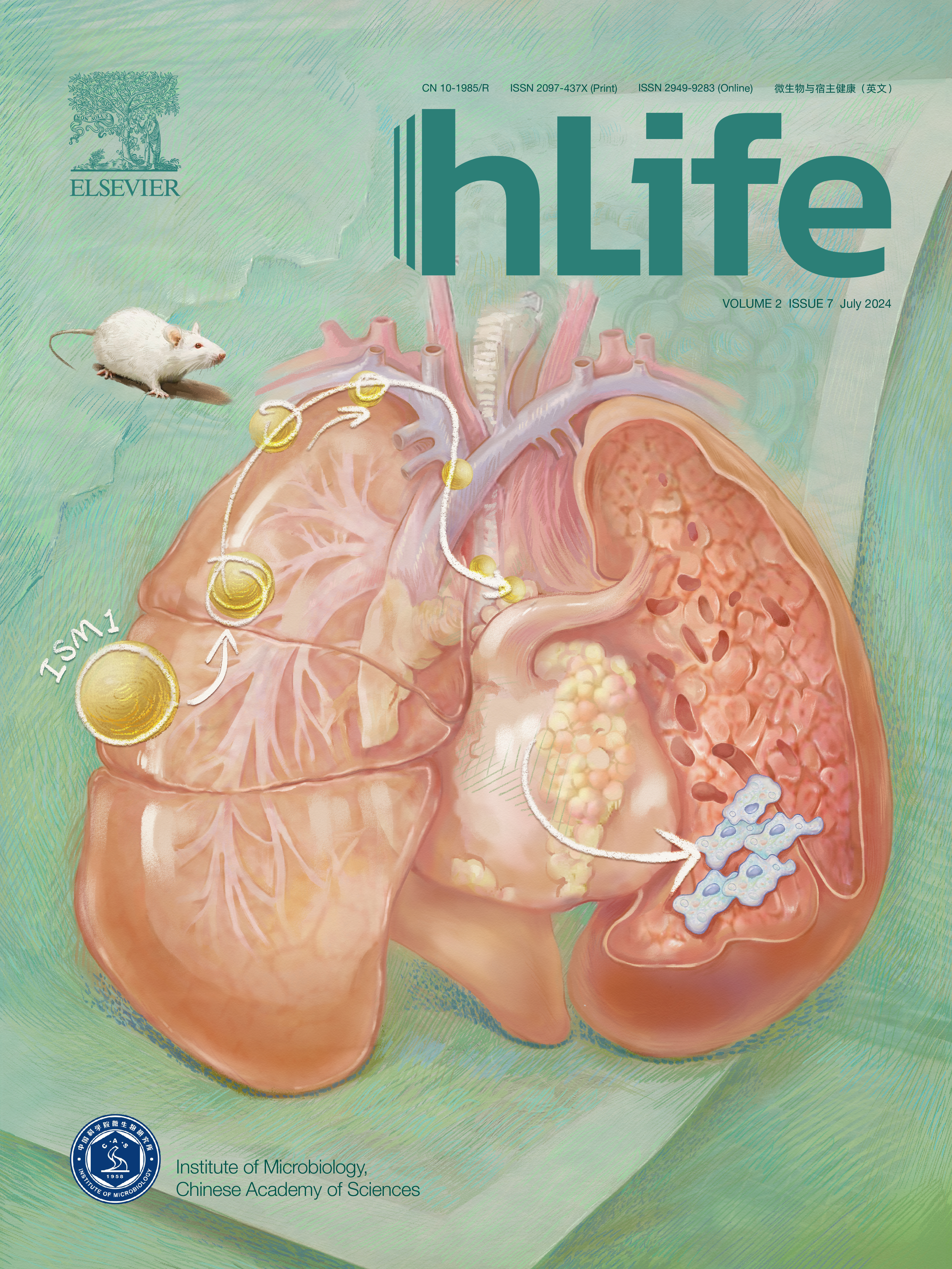
Volume 2 Issue 7
封面解读
葛若雯
Idiopathic pulmonary fibrosis (IPF) is an irreversible and devastating lung disease with unknown causes and a median survival of only 3-4 years post-diagnosis. Current IPF drugs are unable to provide disease resolution. Thus, further understanding of the molecular mechanisms of IPF is critical for developing effective therapeutics. ISM1 is highly expressed in the mouse lung with anti-inflammatory function. However, its role in pulmonary fibrosis remains unclear. Using a bleomycin-induced pulmonary fibrosis model in mice, this study reveals that ISM1 deficiency results in heightened pulmonary fibrosis along with increased cellular senescence in type II alveolar epithelial cells and lung fibroblasts. Ism1-/- lung also showed delayed resolution of pulmonary fibrosis with reduced lipofibroblasts and downregulation of lipid synthesis-related genes. As the Ism1 gene is similarly dysregulated in bleomycin-induced pulmonary fibrosis in mice and human IPF patients, this work reveals that further investigation of ISM1 for IPF is warranted.
目 录
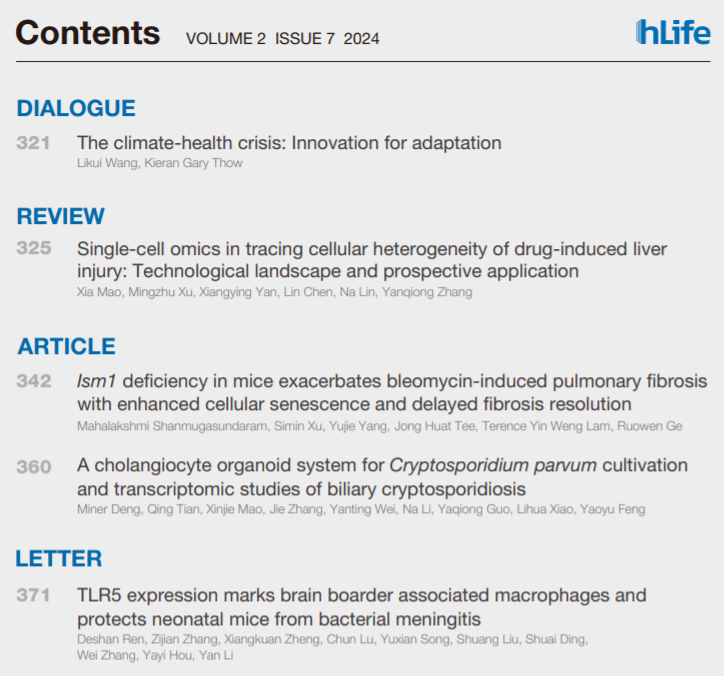
导 读
1. The climate-health crisis: Innovation for adaptation
通讯作者:王立魁

引用:
Wang L, Thow KG. The climate-health crisis: Innovation for adaptation. hLife 2024;2:321–324.

扫码阅读原文
2. Single-cell omics in tracing cellular heterogeneity of drug-induced liver injury: Technological landscape and prospective application
hLife Review | 探索药物性肝损伤:单细胞组学的新视角
通讯作者:张彦琼

文章系统阐述了单细胞组学技术是探索药物性肝损伤(drug-induced liver injury, DILI)细胞异质性及其相关分子机制的有力工具。
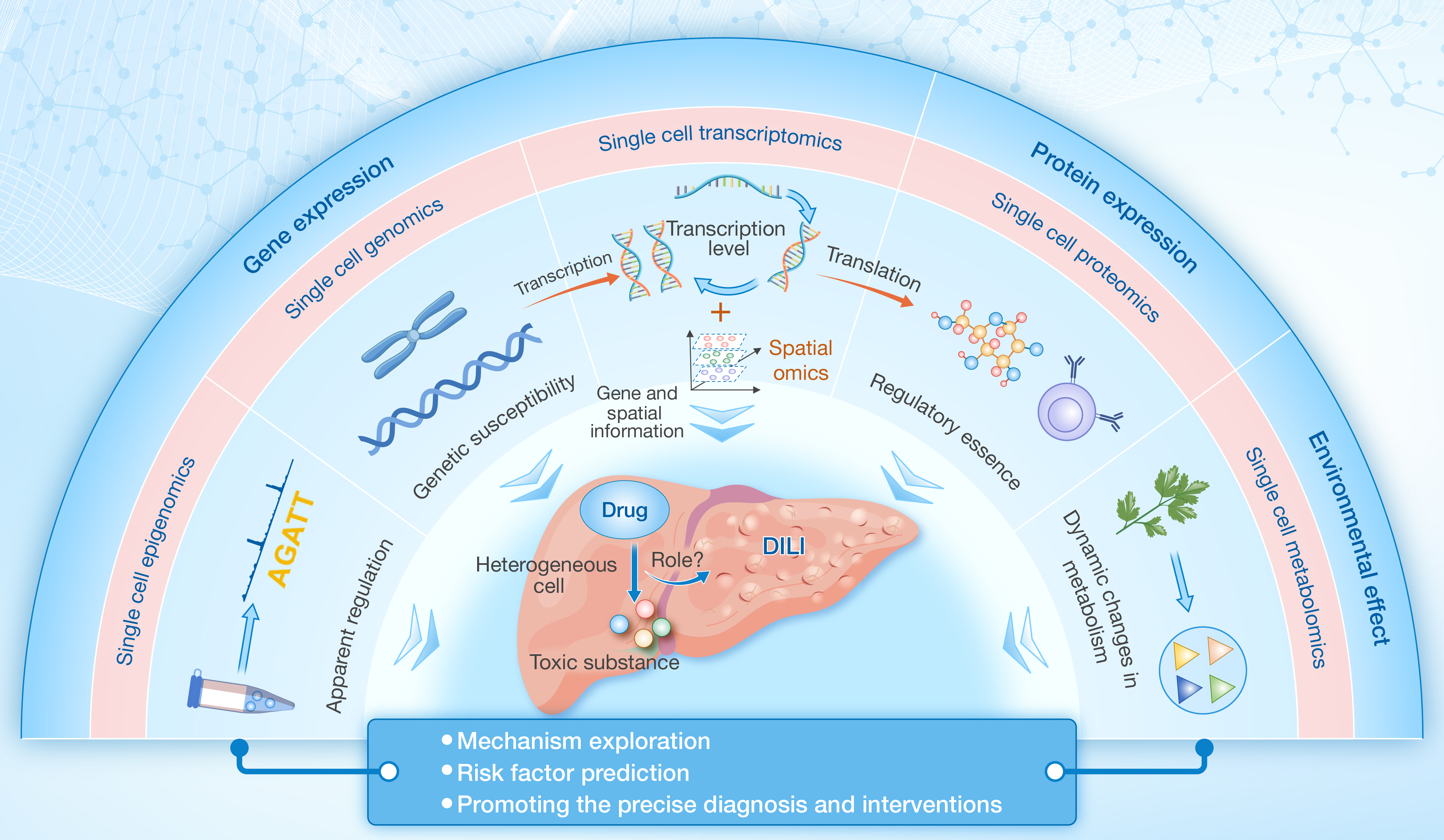
引用:
Mao X, Xu M, YanX, et al. Single-cell omics in tracing cellular heterogeneity of drug-induced liver injury: Technological landscape and prospective application. hLife 2024;2:325–341.

扫码阅读原文
3. Ism1 deficiency in mice exacerbates bleomycin-induced pulmonary fibrosis with enhanced cellular senescence and delayed fibrosis resolution
hLife Article | 新加坡国立大学葛若雯研究团队发现肺组织分泌蛋白ISM1在抑制肺纤维化中的作用及机制
通讯作者:葛若雯

文章揭示了肺组织内部的天然分泌蛋白ISM1对限制肺纤维化严重性的作用及相关机理。
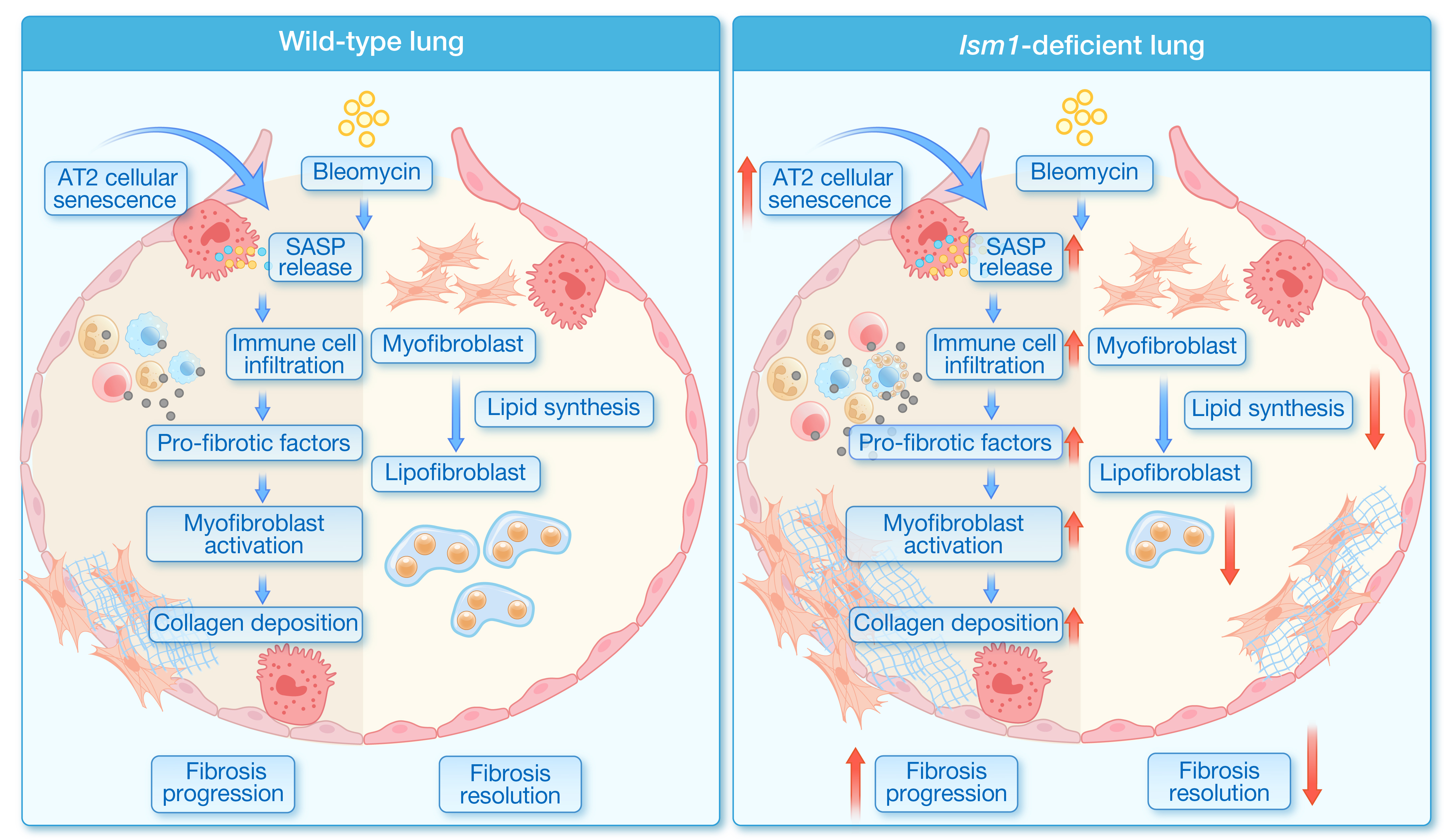
引用:
Shanmugasundaram M, Xu S, Yang Y, et al. Ism1 deficiency in mice exacerbates bleomycin-induced pulmonary fibrosis with enhanced cellular senescence and delayed fibrosis resolution. hLife 2024;2:342–359.

扫码阅读原文
4. A cholangiocyte organoid system for Cryptosporidium parvum cultivation and transcriptomic studies of biliary cryptosporidiosis
hLife Article | 华南农业大学肖立华和冯耀宇研究团队创建一种用于胆道隐孢子虫病研究的类器官模型
通讯作者:肖立华、冯耀宇

本研究利用胆囊类器官构建了一种支持隐孢子虫在体外完成生活史的培养模型,解决了长期以来隐孢子虫-胆道感染研究模型缺乏的问题,为后续疾病机制研究和治疗方案开发奠定基础。

引用:
Deng M, Tian Q, Mao X, etal. A cholangiocyte organoid system for Cryptosporidium parvum cultivation and transcriptomic studies of biliary cryptosporidiosis. hLife 2024;2:360–370.

扫码阅读原文
5. TLR5 expression marks brain boarder associated macrophages and protects neonatal mice from bacterial meningitis
hLife Letter | 脑膜巨噬细胞TLR5表达帮助新生儿抵抗细菌性脑膜炎感染
通讯作者:李颜、侯亚义、张炜

文章报导了在围产期及新生小鼠中,脑膜巨噬细胞而非脑实质神经小胶质细胞高表达细菌鞭毛蛋白特异性受体TLR5。研究还探索了TLR5激活对抗新生小鼠细菌性脑膜炎感染的影响。神经系统相关的巨噬细胞在特定区域表达功能性蛋白,可能是神经系统在执行免疫防御并避免中枢过度激活损伤时的适应机制。这项研究为探索神经系统巨噬细胞功能性分区提供了启示。
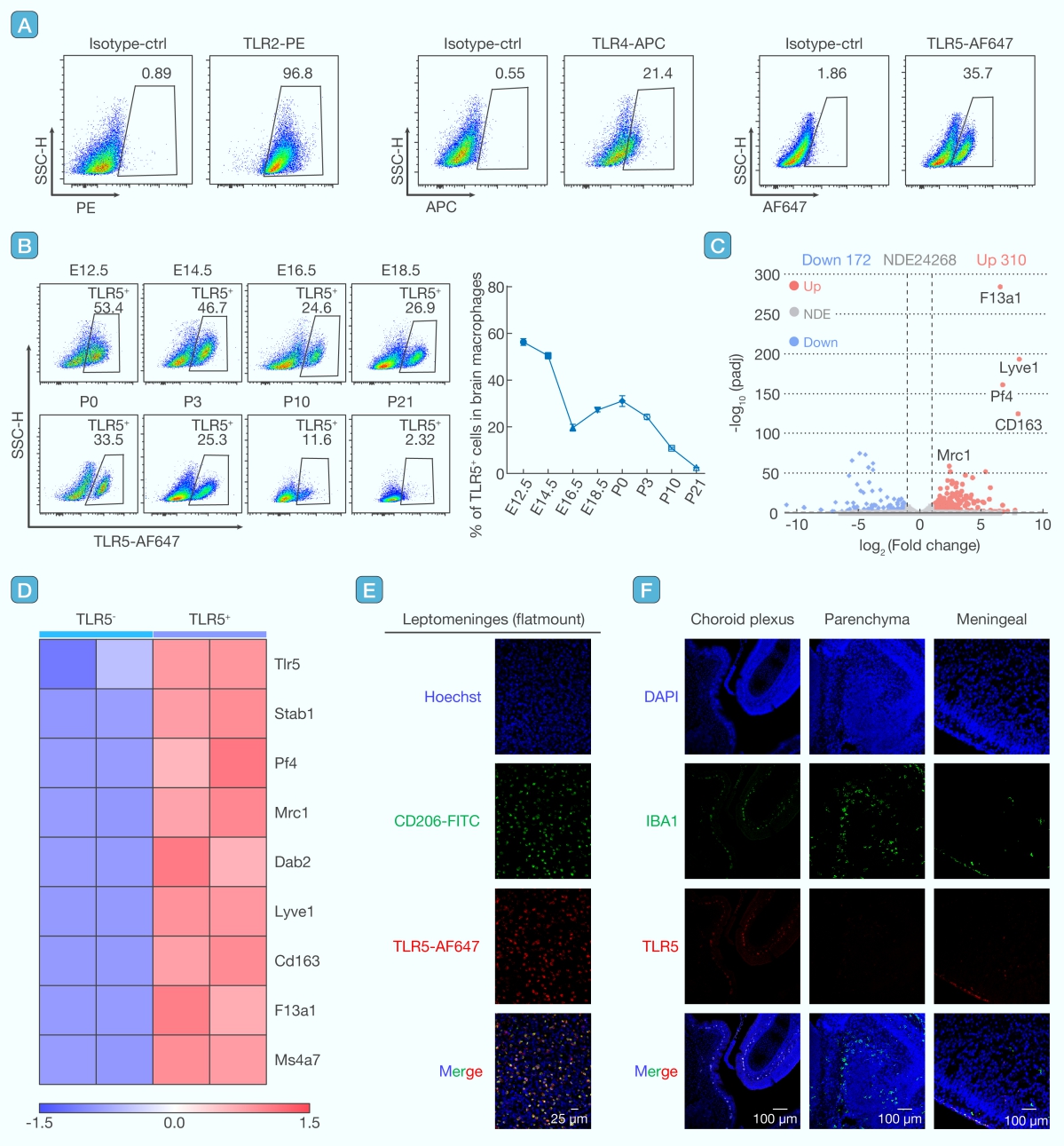
引用:
Ren D, Zhang Z, Zheng X, et al. TLR5 expression marks brain boarder associated macrophages and protects neonatal mice from bacterial meningitis. hLife 2024;2:371–376.

扫码阅读原文
期刊简介
hLife由高福院士、董晨院士和Jules A. Hoffmann教授(2011诺奖获得者)领衔,是中国科学院微生物研究所主办,中国生物工程学会,浙江大学陈廷烨大健康学院,西湖大学医学院,上海市免疫治疗创新研究院和广州霍夫曼免疫研究所联合支持,与国际出版商爱思唯尔合作的健康科学领域综合性英文期刊。
hLife聚焦健康科学领域的前沿进展,旨在促进基础研究与临床应用的融合发展。期刊发表与医学相关各研究领域最新成果,学科领域包括(但不限于)病原生物学、流行病学、生理学、免疫学、结构生物学、疾病监测、肿瘤、药物、疫苗和健康政策等。
hLife是一本金色开放获取期刊,月刊出版;2022年成功入选“中国科技期刊卓越行动计划高起点新刊”;2023年11月正式创刊。
2025年前hLife接受的稿件免收文章处理费(APC)。
投稿网址:https://www.editorialmanager.com/hlife
hLife期刊期刊特点
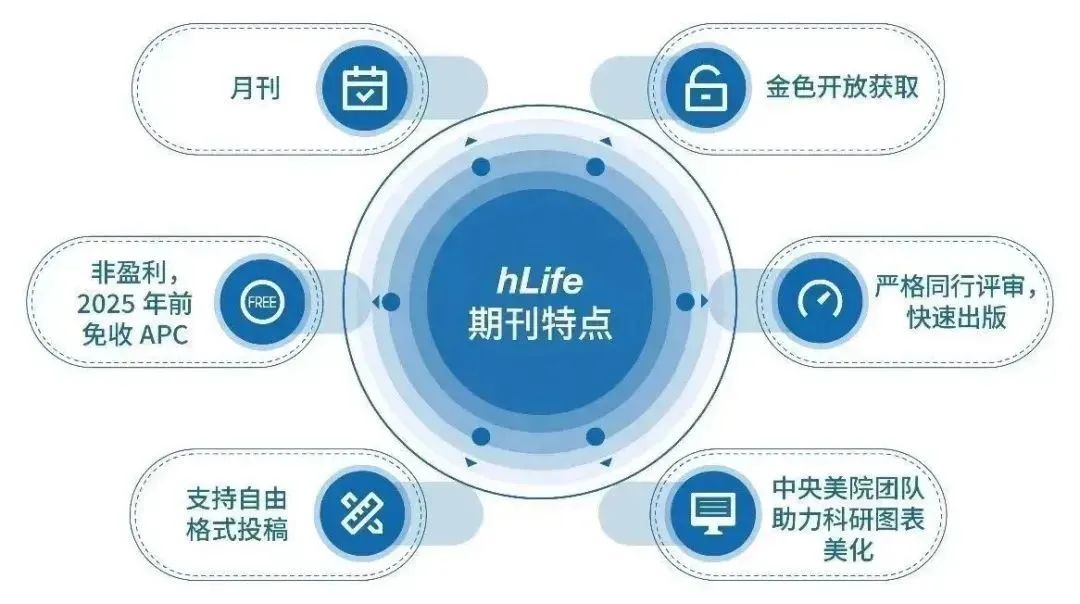
邮箱| hlife@im.ac.cn
电话|(86)10-64807577
https://wap.sciencenet.cn/blog-3552961-1444542.html
上一篇:[转载]hLife Article | 蛋白质靶向编辑技术研发:成功实现新冠病毒刺突蛋白N-糖基化位点特异性编辑